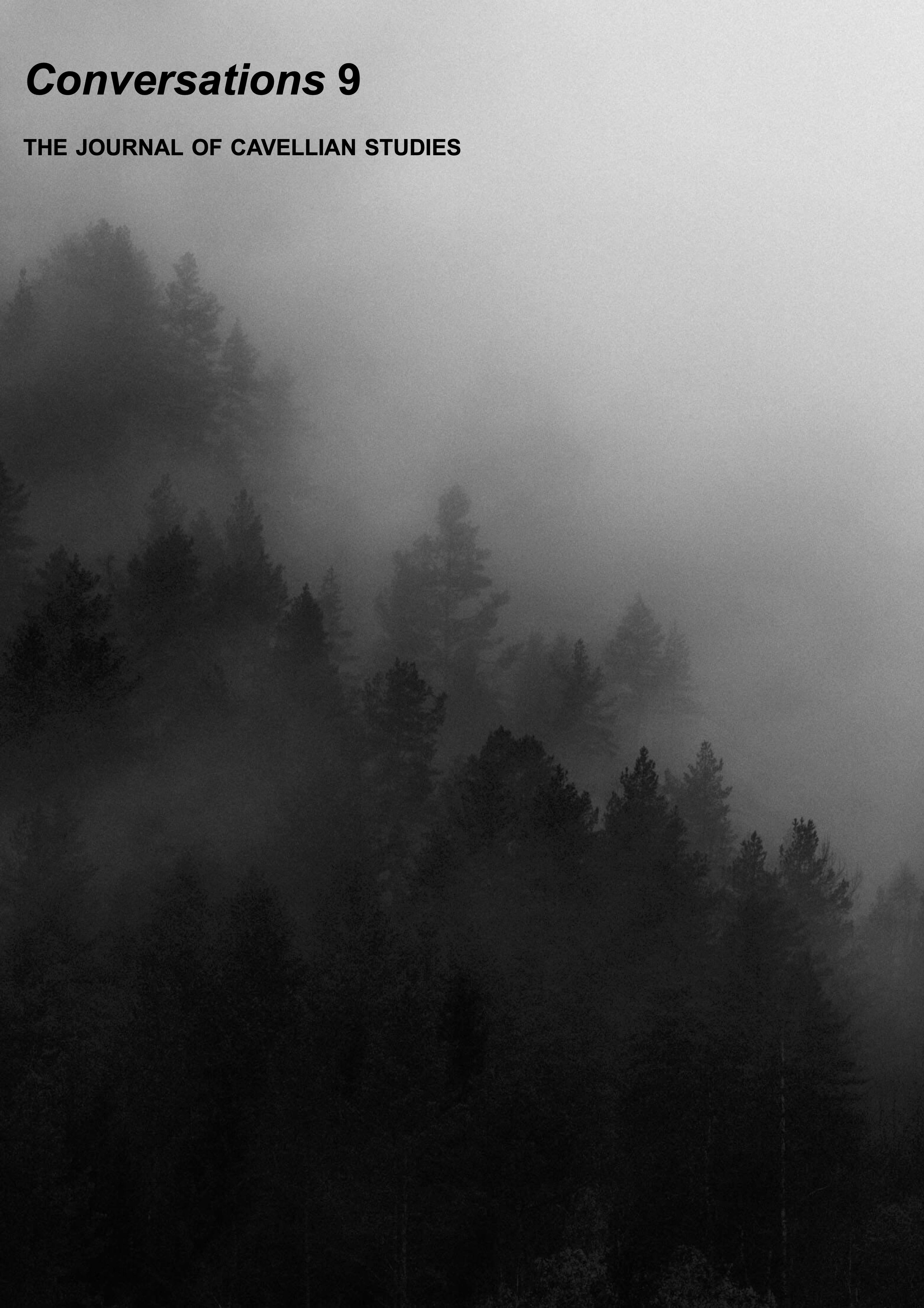Cavell on Color
DOI:
https://doi.org/10.18192/cjcs.vi9.6249Abstract
One of the special challenges in approaching Stanley Cavell’s writing on the arts is how to understand the relation between what are often read as theoretical generalities with Cavell’s particular interpretations of individual works. The latter are not presented as mere applications of the former, while the former are clearly meant to be something more than mere generalizations from the latter. When it comes to Cavell’s writings on film, we find a representative methodological statement in the Foreword to the 1979 enlarged edition of The World Viewed, where he asserts that “what constitutes an ‘element’ of the medium of film is not knowable prior” to discoveries by filmmaking and criticism itself. He refers to this “reciprocity between element and significance” as “the cinematic circle.” But how are we to orient ourselves within the cinematic circle? What about those places in Cavell’s own writing where theoretical generalities and individual readings seem divorced?

